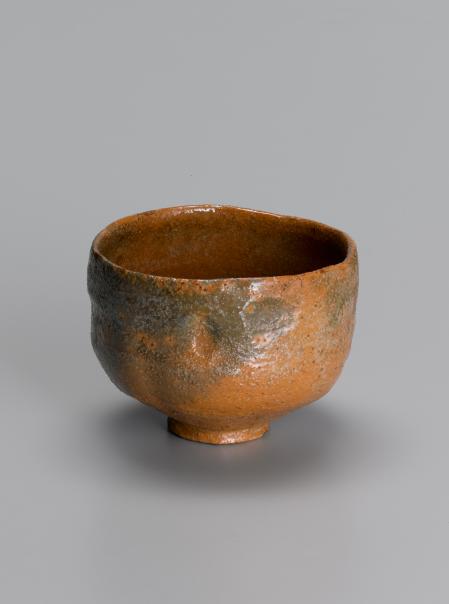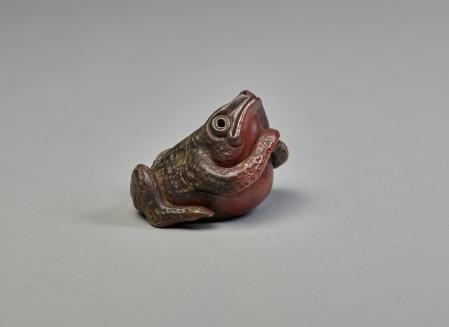Japanese tea ceremony
The Japanese culture of tea, with its centuries-old rules and the associated utensils, was first spread in the 12th century by Japanese monks who had returned from staying in Zen monasteries in South China. The sequence of the so-called "Way of Tea", the sadō, can vary depending on the school, but all share certain elements. For example, the guests frequently enter the tearoom (Chashitsu) by bending down low through an entrance barely one metre high (Nijiriguchi). Even if there is no crawl-through entrance, on entering the room one drops to one’s knees, full of humility and respect, and thus all social differences are left behind at the threshold.
The most important utensils for the tea ceremony include the tea bowl (Chawan), the tea caddy (Cha-ire) for thick tea (Koi-cha) or the Natsume for thin tea (Usu-cha) as well as an iron kettle (Kama). In Japan, either original Chinese tea utensils were used or vessels that closely emulated the Chinese models. A good example of this is the Japanese bowl rest that dates back to the 15th to 16th centuries – a period which, under the influence of the Ashikaga Shoguns, firmly took its cue from Chinese culture. It is decorated in negoro nuri, a technique named after the Negoro-ji temple, where black lacquer is completely covered in red lacquer. The immediate model for this were the monochrome lacquers of the Song period, to which the blossom-shaped curved frame of the bowl stand alludes. After many years in use, the red-lacquer coating of the vessels rubbed off at the places subject to most wear so that the black lacquer beneath became visible. These strips or patches were not, however, considered as impairments but rather intensified the beauty and venerability of the items. For this reason, frequently parts were rubbed off artificially or black lacquer applied retrospectively in order to create a faux-Negoro effect.
Share on


